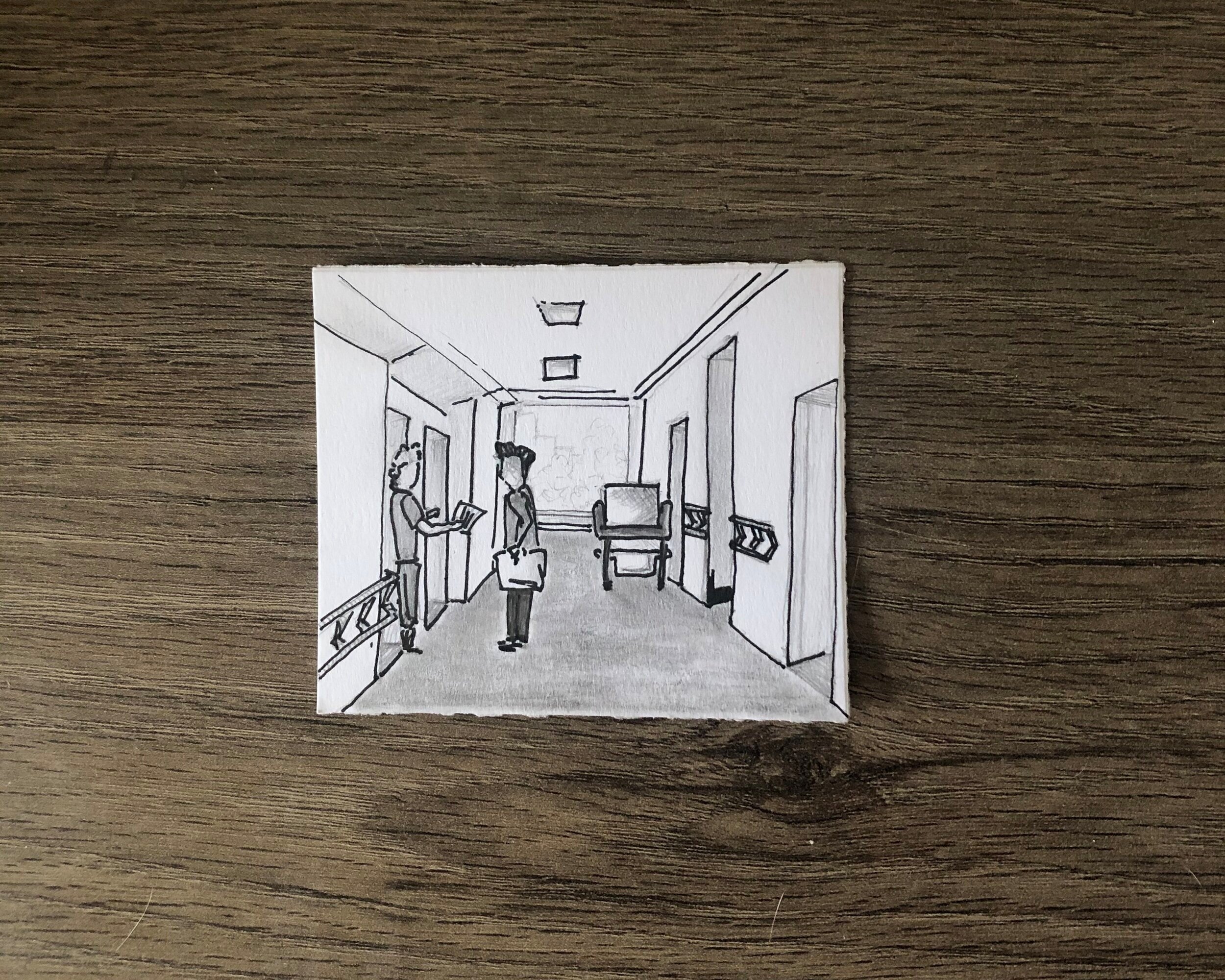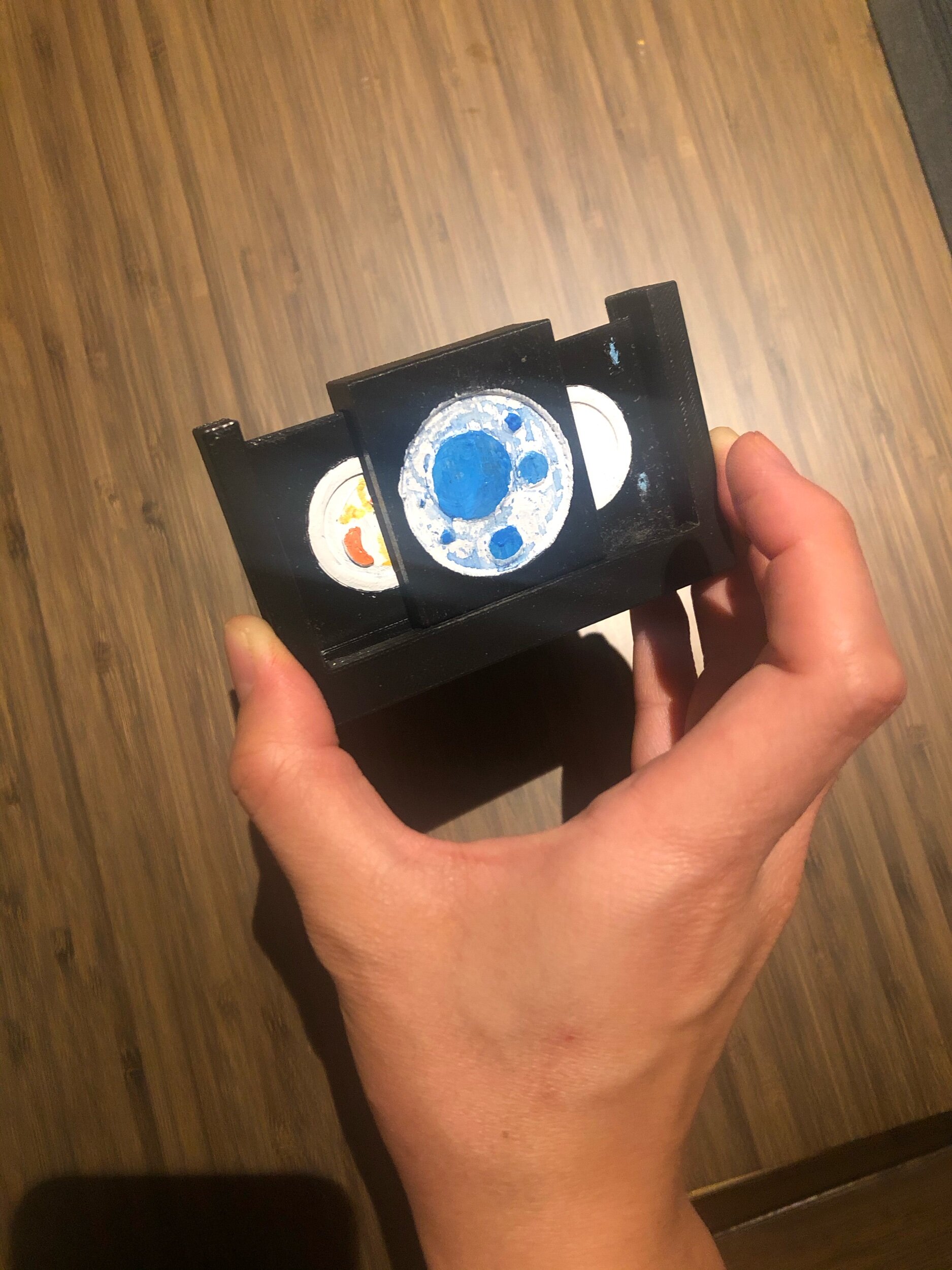← Back to What I Do
CHALLENGE:
Universal Life is a somewhat complicated life insurance product- the business wanted to understand how owners thought about managing their policy over their lifetime.
This is a multi-actor situation: an agent has sold it explaining it one way, consumers thinking of it one way, and the company thinks of the “correct scenarios” in which to choose this product, ways to pay this product, etc.
Universal Life Insurance - newyorklife.com
KEY WORK DONE
Myth-busted clients’ experience over a lifetime of owning a policy
Managed 1:1 stim-driven research with agents and clients about their experience owning a UL policy, reading their annual policy summary
Brought clarity to NYL’s role in client management
Synthesis across multiple workstreams (data on sales and operations , on agent and client behaviors)Launched new product feature with client insights driving key decisions
Connected the dots between a strategic intent and decisions made in technical implementation
OUTCOMES:
NYL launched a new billing feature, including updating its sales interface as well as its client-facing account interface, and added multiple new, triggered correspondence. Qualitative client feedback has been positive throughout, and the company will be reporting out on client behaviors moving forward.
DOING THE WORK
Understand client and agent mindsets meant meeting with agents and clients for multi-hour sessions. Agents showed us the way they would help make sense of the options clients had, and clients brought any recent paperwork with them.
We dug into the reasons clients choose Universal Life (compared to, say, other options like Whole Life or Term Life insurance policies) - and compared that to the scenarios the actuaries had had in mind when designing the product
We brought to light the expectations that clients have in purchasing this policy - what they thought would happen and why. These mental models proved invaluable in providing our diverse workgroup a new shared language (of what happens not from their theoretical or from the datasets they track, but from the real-lived experiences of clients)
And our conversations gave context to the decisions clients made post-purchase
Made the opportunity feel real, and empower all to be accountable for its success
Strategic buy-in is key, and we won commitment for capital investment for updates to the Universal Life product.
But that is just the first step - a blue-print that hyperlinked to various technical and service teams’ resources was key to the commitment we saw across the organization.
Launched new product feature with client (and agent) insights driving key decisions
We delivered:
A new way for clients to document their concrete goals in purchasing a product (how long you want coverage for and how much value you intend to have at the end of your policy’s duration)
Proactive communications that provided clients the needed information on how they were tracking towards that goal
And an option to automatically adjust client’s premiums (up or down) so that they are *only* paying for what they want
This required updates to interfaces across the ecosystem, including NYL’s Salesforce CRM tool (both client and agent facing), their internal policy calculation tool, as well as legacy service management systems.
← Back to What I Do









































































